Publications
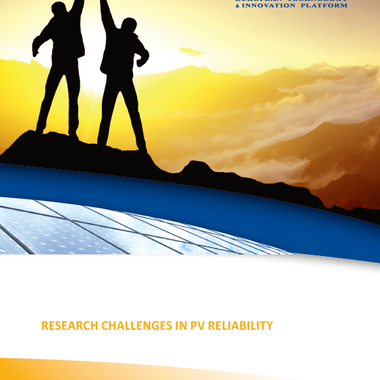
Research Challenges in PV Reliability
Reliable solar PV power plants will deliver the expected performance throughout their entire service life. They will experience very limited component degradation, failures or system down-time. Improving reliability means derisking electricity production and return on investment of PV systems. Mitigation of risks supports the bankability of PV systems and serves as an enabler for accelerated deployment of solar PV technologies. Ongoing basic research remains necessary for the photovoltaic industry to continue advancing its knowledge and improving lifetime system performance. This document addresses the foundations and reasons why reliability research is crucial to the solar PV industry’s continued growth.
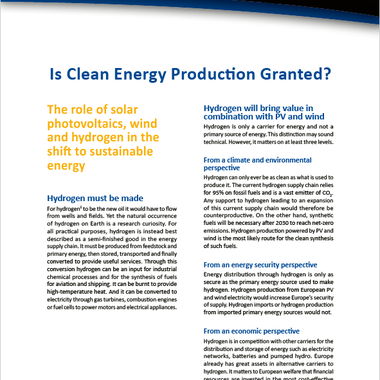
Is Clean Energy Production Granted? The role of solar PV, wind and hydrogen in the shift to sustainable energy
Hydrogen is only a carrier for energy and not a primary source of energy and it can only ever be as clean as what is used to produce it. The current hydrogen supply chain relies for 95% on fossil fuels and is a vast emitter of CO2. Any support to hydrogen leading to an expansion of this current supply chain would therefore be counterproductive. On the other hand, synthetic fuels will be necessary after 2030 to reach net-zero emissions. Hydrogen production powered by PV and wind is the most likely route for the clean synthesis of such fuels.
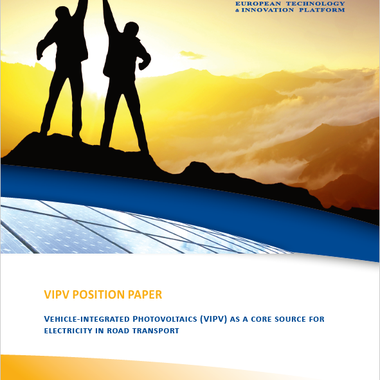
Vehicle-integrated Photovoltaics (VIPV) as a core source for electricity in road transport
The growing awareness of the global need for sustainable mobility empowers the application of new technological innovations to the road transport sector. Vehicle integrated photovoltaic technology (VIPV), however, is still considered a questionable issue in the automotive community. The ecological and economic value of VIPV is yet not evident. This paper aims to give an overview of the global VIPV market, in particular, the current status and future potential of PV-powered vehicles. Additionally, it studies possible added value for users, communities and stakeholders mostly focusing on batteryoperated electric vehicles (BEVs). Other VIPV applications for solar race vehicles, as well as ships, planes, trains and other small vehicles are outlined and evaluated as well. Concentrating on different Use Cases the paper estimates the economic and environmental viability of PV from technical viewpoints. In conclusion, this paper outlines strategies for integrated research and development and clarifies the main obstructions to VIPV introduction.

Solar Skins: An opportunity for greener cities
Solar photovoltaic (solar PV) electricity has recently become the lowest cost source of electricity in most parts of the world. Solar PV supports a socially just and acceptable energy transition and integrated applications, as well as new business opportunities. This report is focusing on one of these new business opportunities. It aims at describing the added value of Building Integrated Photovoltaics (BIPV) for a successful energy transition in European cities, as well as the related opportunities for EU businesses. It describes the regulatory and market framework needed for sustainable business models for BIPV, that are adapted to city planning constraints and specificities.
This publication is a joint report of ETIP PV and SolarPower Europe.

SOLARUNITED Quality Initiative: Harmonized data collection from the field
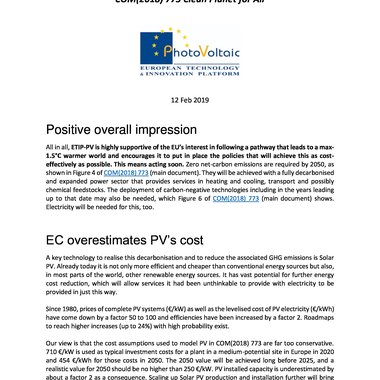
Reaction of ETIP PV to EC’s ‘Clean Planet for All’ Communication on possible scenarios for 99% decarbonisation (or not) by 2050
All in all, ETIP PV is highly supportive of the EU’s interest in following a pathway that leads to a max-1.5°C warmer world and encourages it to put in place the policies that will achieve this as cost-effectively as possible. This means acting soon. Zero net-carbon emissions are required by 2050. They will be achieved with a fully decarbonised and expanded power sector that provides services in heating and cooling, transport and possibly chemical feedstocks. The deployment of carbon-negative technologies including in the years leading up to that date may also be needed. Electricity will be needed for this, too.

'Photovoltaic Solar Energy: Big and Beyond. Sustainable energy to limit global warming to 1.5 degrees' Vision and claims of the European Technology and Innovation Platform for Photovoltaics
The paper provides the evidence base to support our paper “Photovoltaic Solar Energy: Big and Beyond – vision and claims of the European Technology and Innovation Platform for Photovoltaics (ETIP PV)” released for the COP24 intergovernmental climate conference in Katowice, and now available in several languages. It also expands on the points mentioned.
The report uses the notion of defossilisation. This term builds on the more familiar “decarbonisation”, but recognises that it is not carbon atoms per se that must be prevented from reaching the atmosphere, but those carbon atoms that come from a fossil source.
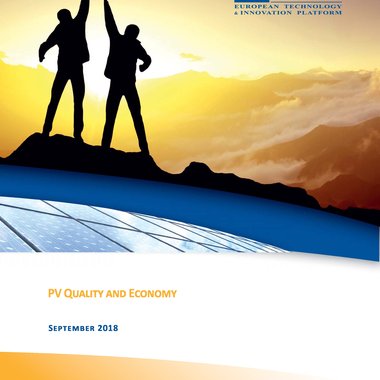
PV Quality and Economy (September 2018)
The strong growth of the PV sector is accompanied by high cost pressure, accelerated innovation cycles and dynamic deployment, clearly indicating that the quality of PV products and the holistic economy of PV electricity deserve special attention. PV is expected to deliver electricity at low LCOE, Energy Pay-Back Time (EPBT) and Product Environmental Footprint (PEF). This report defines quality as the ability of a product to meet demanding customer expectations while focusing on the impact of quality parameters on monetary, energy and environmental cost.
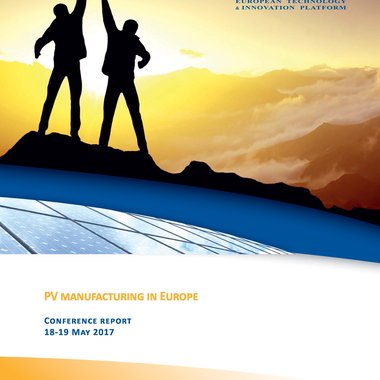
PV manufacturing in Europe: Conference report 18-19 May 2017
ETIP PV held its annual conference on 19 May 2017 on the topic ‘PV manufacturing in Europe’. The conference was preceded on 18 May by an invitation-only meeting for associations and public officials. This report is compiled from statements made at both events. It captures the key themes that were raised and, where possible, feels its way towards conclusions.
Newsletter
Do you want to get notified when we have a new publication?
Register for our newsletter & stay op to date.